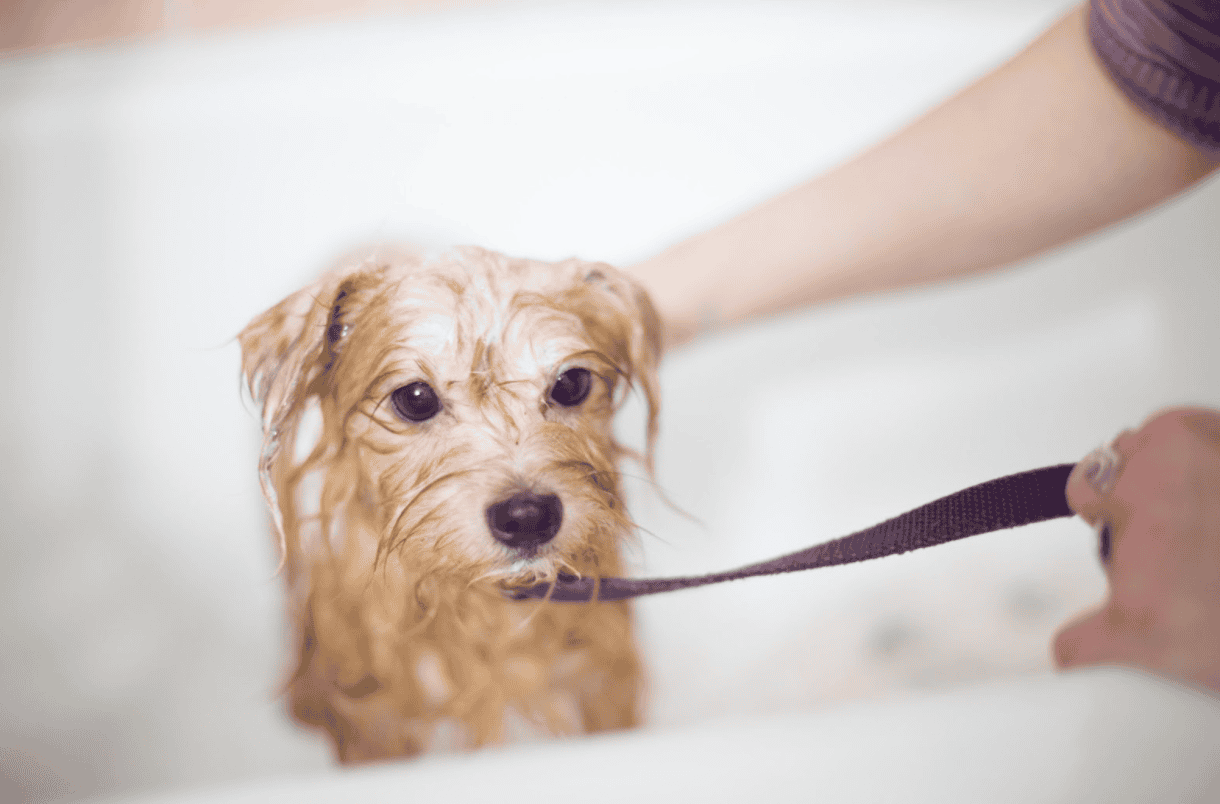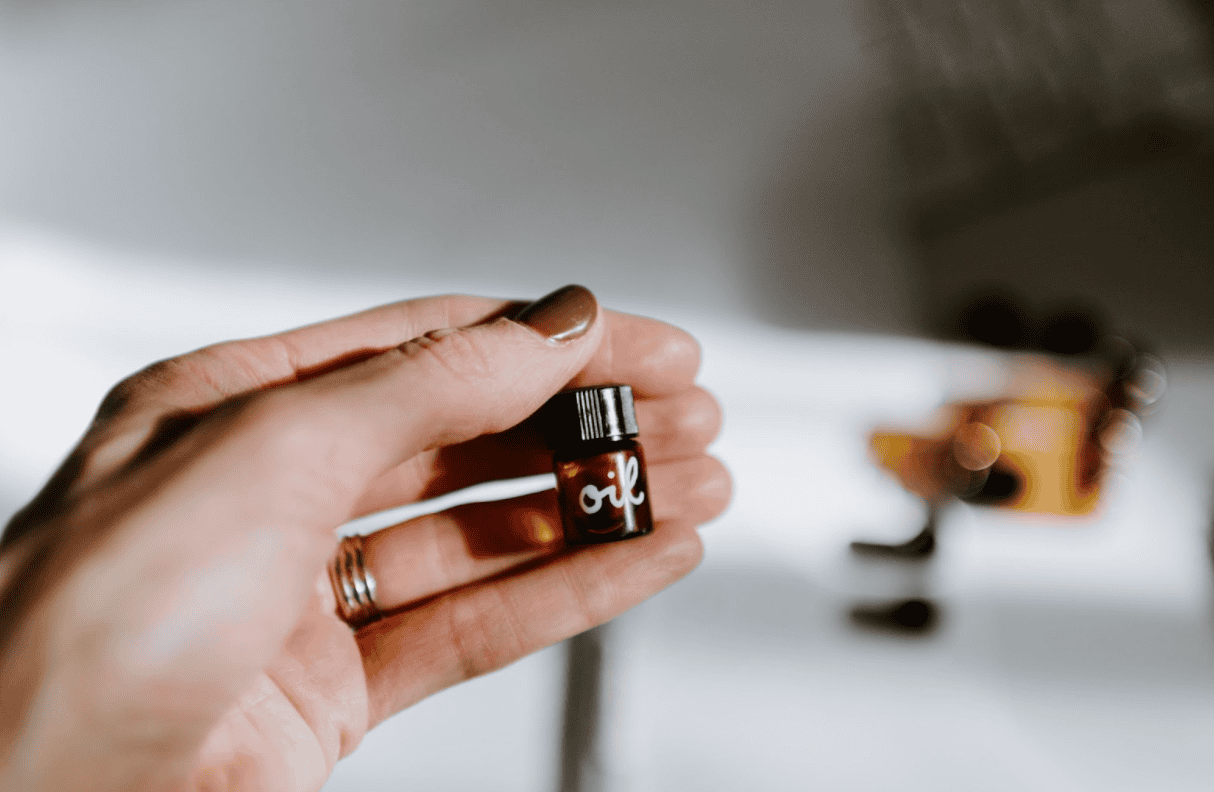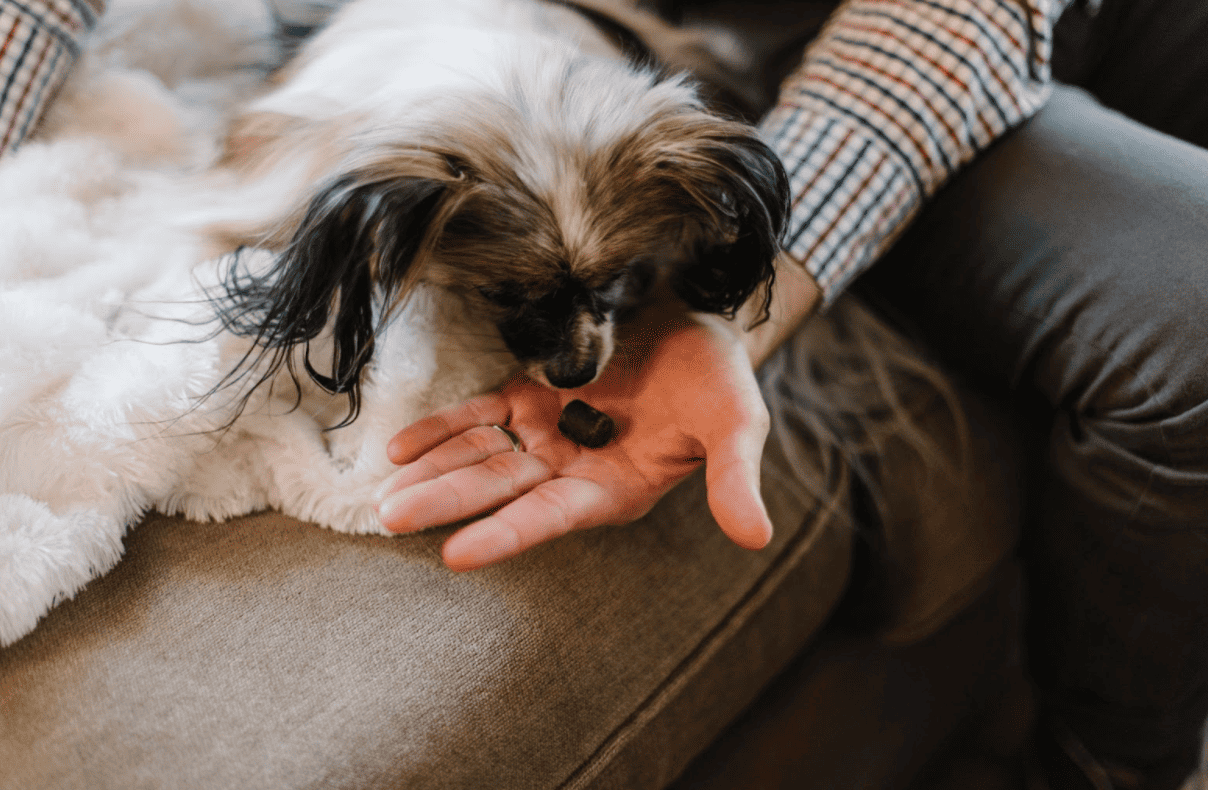Although we have lived with our canine companions for eons, they are yet to accept all of our ways. We love it when our dogs are clean and presentable. It is also crucial for their health and well-being. But many dogs dislike being groomed. A few licks on the limbs, area around the mouth, and other short hair zones (like the anogenital area) are enough for them. Some even hate it and could turn reactive during grooming sessions.
If you are traveling with your dog in your vehicle a lot to get groomed, we are here to help you out in case your dog doesn’t like it. Here are tips on how to restrain your dog correctly while grooming.
Photo by benjamin lehman on Unsplash
A word of precaution before you start
Anytime you restrain your dog for grooming, keep in mind that he still has a natural animal instinct. As dogs cannot speak to communicate with you, when they feel pushed over the edge they might bite or scratch. So be sure to keep yourself safe. If your dog constantly growls and shows signs of aggression, do not put off stringent measures like muzzling. Alternatively, consider calling in professional groomers to do the job.
That said, follow these steps to restrain your dog correctly while grooming.
Invest in the right equipment
If your dog is particularly fidgety about grooming, consider including the following items on your must-have dog accessories:
Non-slip surfaces
There is nothing more frustrating than dealing with a restless dog on a slippery surface. So, help your dog stand still by investing in a non-slip surface dog grooming mat and place it on top of the grooming table. It will make bath time much easier, and since your dog is dealing with one less frustration, he might turn and collaborate.
Grooming restraints
If your dog doesn’t like grooming, the “stay” command will probably not keep him still. You need a more effective strategy. Perhaps one that gives you multiple arms.
Consider purchasing a grooming restraint for dogs. Most grooming restraints have an adjustable metal bar over your dog’s head, with a leash-like loop to retrain the neck. Other designs have an additional loop on the rear side to keep the hindquarters well-centered and stop your dog from jumping off the table.
Consider calming aids
If your dog is overly fidgety, consider using calming aids. Music can help keep your dog calm, so try playing reggae or classical tunes. You could also use pheromone-laden spray mists during bath time or grooming shampoo that calms your dog. Or consider applying some essential oils on a towel and place it near your dog’s snout. But be sure to check with the vets in phoenix whether the sprays and essential oils are safe for your dog before using them.
Calming aids will help to keep your dog relaxed, less anxious and at ease. They will make grooming time less of a struggle.
Photo by Kelly Sikkema on Unsplash
Restraining your dog
Before you restrain your dog, ensure you have everything you need for grooming close. Be gentle and positive but stern when restraining your dog.
If you need to use the restraint equipment, put it on gently so that your dog does not associate it with pain. If you are not using the equipment, wrap your arm around your dog’s neck. When you wrap your arm around the neck, your ear is close to your dog, and you can feel his growl if he is uncomfortable. Talk to your dog calmly using a calm tone (even when frustrated), and do not try to show him who’s boss. Alternatively, you can wrap your arm around his back, close to the tummy area. If he tries to wiggle out, you can quickly hoist him up.
Do not use excessive force while doing any of these, and ensure your dog is comfortable before you start grooming.
Work quickly while constantly checking on your dog. When your dog tries to wiggle out of the hold or grooming table, calmly say, “everything is going to be okay.” But, avoid giving treats to try and keep him calm. Otherwise, your dog could be mistaken and perceive that struggling out of the grooming table as rewardable behavior. Let him wait until after grooming is over to get treats.
Wrapping it up
When you are all done, you can give your dog treats and reward him for excellent behavior during grooming. That’s one way of teaching your dog to love grooming.
But you can do more. For example, you can teach your dog to have positive associations with the grooming equipment. You can also help your dog be less apprehensive about grooming items, like a grooming brush. Use it briefly on your dog when not grooming. With time, your dog will perceive the tools and as being less of a threat.
These steps will help your dog enjoy grooming. Hopefully, your dog will learn that grooming is (and feels) wonderful. They will look forward to the next session and will need less restraining.
For more information on our grooming and pet sitting services, click here!



